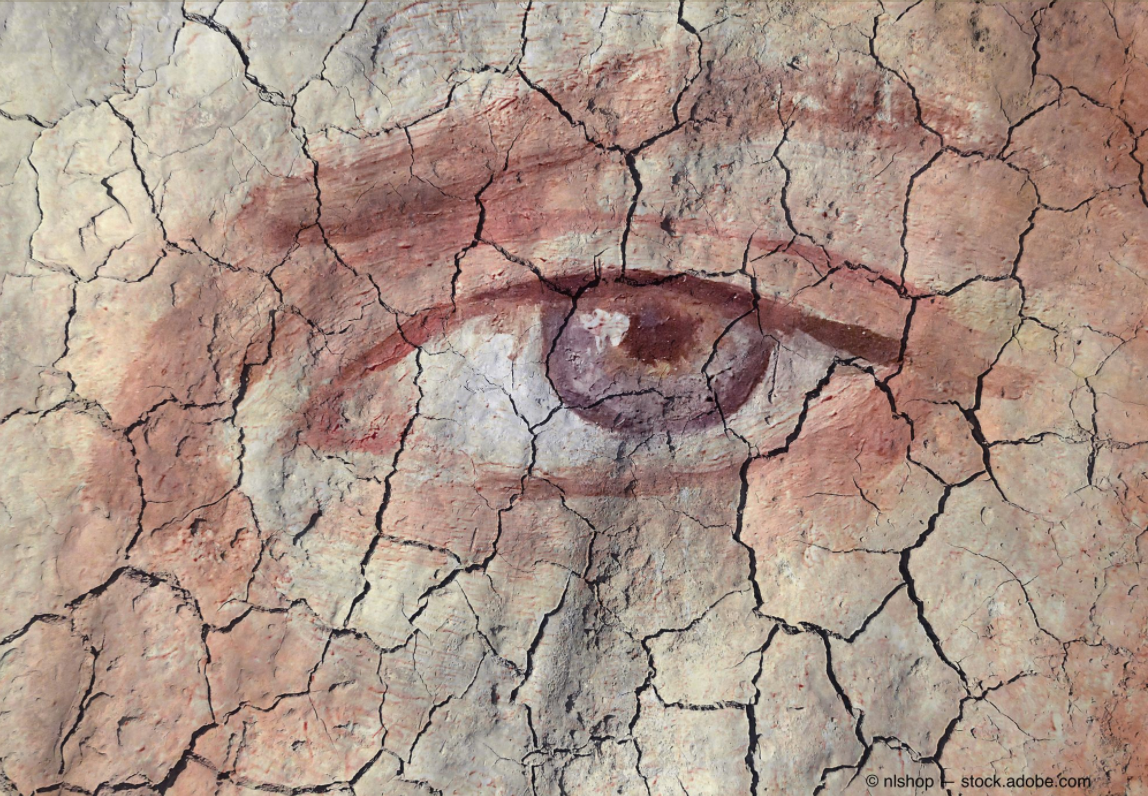Article
FDA approves topical corticosteroid for treatment of dry eye disease
Author(s):
The FDA has approved loteprednol etabonate ophthalmic suspension 0.25% for short-term treatment of the signs and symptoms of dry eye disease.

The FDA has approved loteprednol etabonate ophthalmic suspension 0.25% (Eysuvis, Kala Pharmaceuticals Inc.) for the signs and symptoms of dry eye disease.
In a statement, Mark Iwicki, chairman, president and CEO of Kala Pharmaceuticals, noted that the “FDA approval of EYSUVIS as the first prescription therapy specifically developed to address the short-term treatment needs of people living with dry eye disease is a major accomplishment for Kala and an important moment for patients, who have been waiting for an FDA-approved, safe, effective and fast-acting therapy.”
Approximately 80 percent of people living with dry eye disease suffer from episodic flares. In a release Kala said these flares can be caused by a wide variety of triggers and often cannot be adequately managed with current therapies.
Kala Pharmaceuticals announced it plans to launch Eysuvis in the United States by year-end as a treatment for the temporary relief of the signs and symptoms of DED utilizing a two-week course of therapy.
The LE 0.25% suspension is formulated with a proprietary mucus-penetrating particle drug delivery technology (AMPPLIFY) that improves bioavailability of the active ingredient at the target site. LE targets the immune responses that drive acute dry eye disease flares. Prior to Eysuvis, there were no FDA-approved ocular corticosteroids for the treatment of dry eye disease.
According to Edward Holland, MD, director of Cornea Services at Cincinnati Eye Institute and professor of ophthalmology at the University of Cincinnati, the approval of Eysuvis “ushers in a new era in the treatment of dry eye disease and offers promise to the millions of dry eye patients who experience acute exacerbations, or flares, of their disease each year.”
“For the first time we will be able to offer dry eye patients a therapeutic option that provides rapid relief for both the signs and symptoms of the disease and that is safe and well tolerated,” he said in a release.
Kelly Nichols, OD, MPH, PhD, FAAO, dean of the University of Alabama at Birmingham School of Optometry, noted in the release that dry eye disease can significantly decrease quality-of-life among affected patients and drive decreased workplace productivity, contact lens intolerance and discontinuation, and poor cataract and refractory surgery outcomes.
“As the prevalence of dry eye disease increases, there is a tremendous need for new therapies to manage mild-to-moderate dry eye disease patients, many of whom currently go untreated,” she said in the release. “I am excited by the approval of EYSUVIS and confident that having access to an approved corticosteroid specifically for dry eye disease will meaningfully impact the management of patients across the US.”
According to the release, the FDA granted approval to EYSUVIS based on results of several studies, including three Phase 3 trials and one Phase 2 trial. The company pointed out that the trials demonstrated improvements in both the signs and symptoms of dry eye disease.
Instillation site pain was the most common adverse event, which was reported in 5% of patients
Newsletter
Don’t miss out—get Ophthalmology Times updates on the latest clinical advancements and expert interviews, straight to your inbox.




